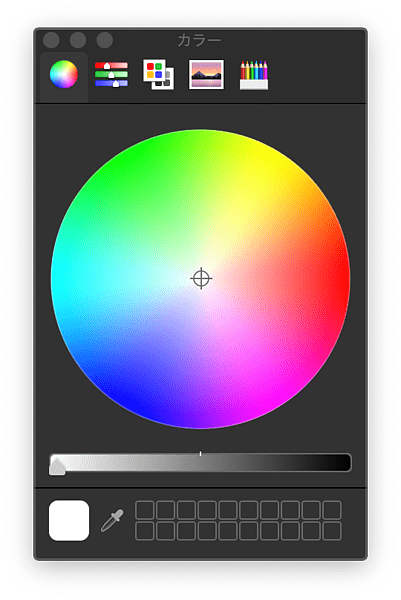The Digital Color Meter is a built-in color dropper tool on your Mac. It’s super handy for both web designers and web developers. Here’s a step by step guide on how to get started using Apple’s Digital Color Meter.

1. How to find the Digital Color Meter on your Mac
In the Digital Color Meter app on your Mac, do any of the following. Find the value of a color: Move the pointer over the pixels whose values you want to see. The color under the pointer is displayed in the Digital Color Meter window, with its color values on the right. A plus, this meter uses AAA batteries where most others use 9 volts. It also comes with a pair of alligator clips and a stand for easy display viewing. It's a better quality of construction than several other meters I have used. The digital readout is large and clear which is helpful. I would highly recommend it. DigitalColor Meter isnit a replacement for the tools in professional design applications, but is does make it easy to find color values in a snap. This Quick Tip was adapted from The Designeris.
Just go to: APPLICATIONS->UTILITIES->DIGITAL COLOR METER
2. How to display Hexadecimal numbers on the Digital Color Meter
DISPLAY VALUE -> “as Hexadecimal”
3. How to read the Digital Color Meter?
Simple. Just HOVER with your mouse over the image to find the hexadecimal code.
And that’s all you need! Read the last two digits of each line, and add them together. So in this case #DC5629.


Find the color value of any color on your screen.
In the Digital Color Meter app on your Mac, do any of the following:
How To Use Digital Color Meter
Find the value of a color: Move the pointer over the pixels whose values you want to see. The color under the pointer is displayed in the Digital Color Meter window, with its color values on the right.
To change the format of the displayed color values for RGB-based color spaces, choose View > Display Values.
Adjust the size of the aperture: Drag the Aperture Size slider. Make the aperture smaller to select a small area or a single pixel. If more than one pixel is within the aperture, the color values of all pixels are averaged.
Choose a different color space: Click the pop-up menu, then choose a color space. The values shown are specific to the color space you choose.
Lock the aperture’s location: Do one of the following:
Lock the aperture horizontally: Press Command-X.
Lock the aperture vertically: Press Command-Y.
Lock the aperture in both directions: Press Command-L.
Locking the aperture makes it easier to copy the pixel’s color value. When the aperture is locked both horizontally and vertically, it doesn’t move as you move the pointer.
Copy the color value: Do one of the following:
Copy the color value as text: Choose Color > Copy Color as Text, or press Shift-Command-C.
Copy the color value as an image: Choose Color > Copy Color as Image, or press Option-Command-C.